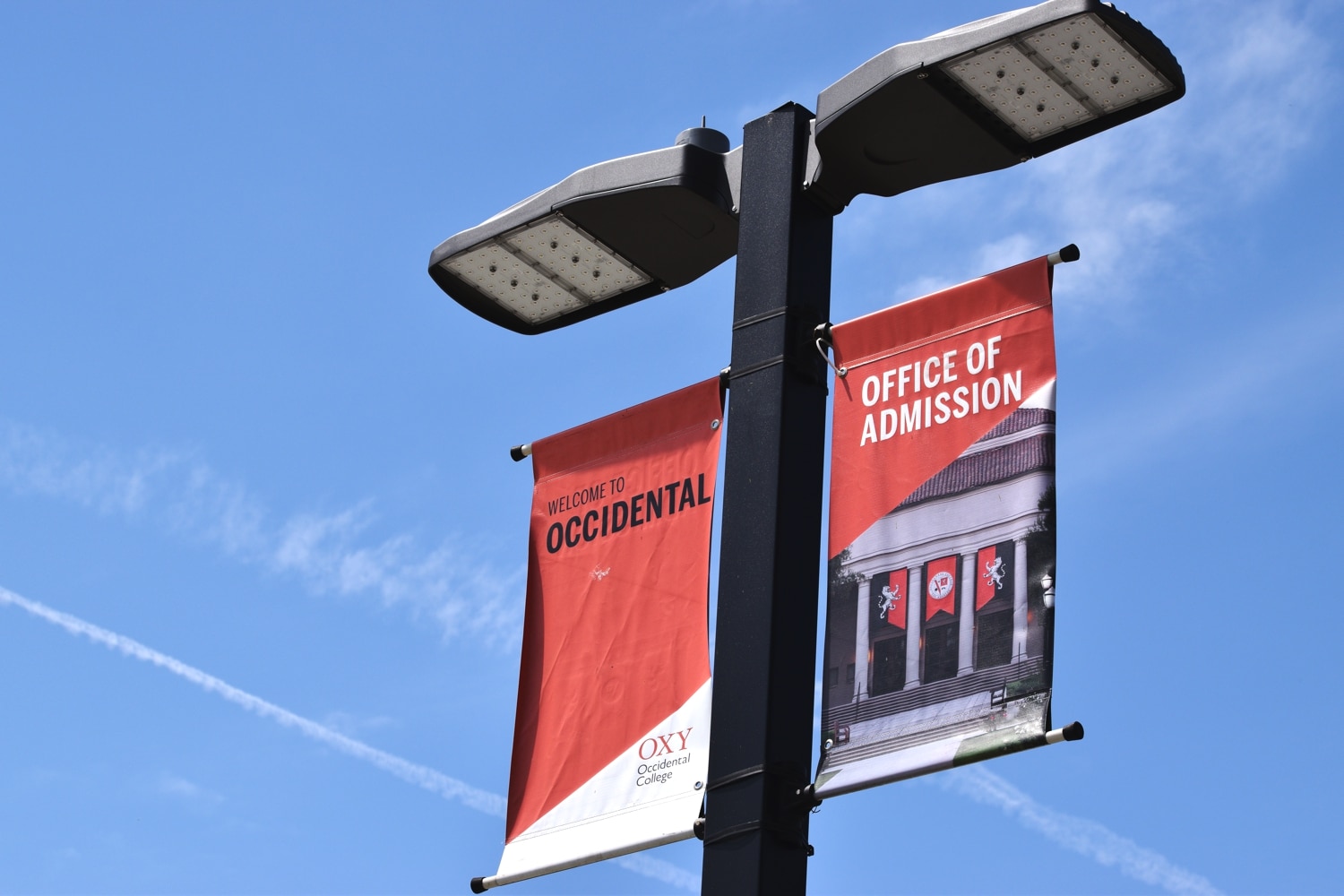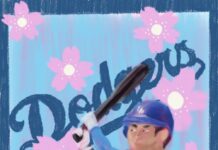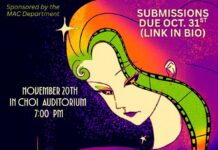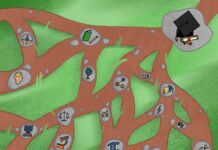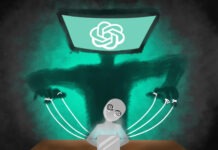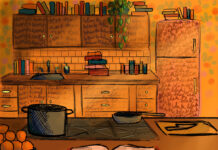If you want to get right down to it, “Two and a Half Men” is the worst show on television. Followed closely by the execrable “Family Guy,” with “The Big Bang Theory” grabbing the bronze, and “Two Broke Girls” closing out this parade of hot garbage. Yes, the so-called “Golden Age” of television certainly has its fair share of trash polluting the airwaves (“Dads” is also quite terrible, but that show is likely dead in the water after 18 episodes).
But there is one bad show that towers above the others, with flaws that lie not in the realm of misogyny nor awful jokes but in compellingly terrible decisions. I speak of none other than “American Horror Story.”
I have seen two seasons of “American Horror Story” because I was really bored when I watched Season One (retroactively known as “Murder House”) and a group of liars — whose opinions I have put in the “untrustworthy” basket — convinced me that the second season was actually good. They were not completely wrong — “American Horror Story: Asylum” is a marked improvement, going from “absolutely incoherent” to merely “unfocused and dumb.”
Of the three words used to describe this haphazard collection of motley concepts packaged as a television miniseries, “American” is probably the singular accurate one. Yes, this series was made by Americans and takes place in America. Hit the nail on the head there, chief. But “Horror” doesn’t quite work because the show isn’t even remotely scary and “Story” is really pushing it.
There’s not any one issue at the core of “American Horror Story” you could point to; rather, there is a series of mounting structural issues. Both seasons have terrible finales, running out the clock by spending time with empty characters. One of the protagonists in “Asylum” is so dull that his entire character arc (I’m using that term loosely) revolves around what a gosh-darn swell guy he is. Without a reason to care about these people, those episodes are just 45 minutes of violently jamming together every possible loose end.
Both seasons also use rape scenes as a way to induce drama; a casually sexist way to raise the stakes. This misogynstic plot device is a fine example of the show’s often problematic views towards women, and should have been the very first thing on the cutting room floor. Instead, rape is used in both seasons and is even frequent in “Asylum,” leaving me to wonder if this show is run by sociopaths.
As for the individual seasons, its downfalls are ironically opposed. “Murder House” surrounds its mysteries with characters nobody could possibly like, whereas “Asylum” surrounds its bland characters with mysteries that clash with each other.
“Murder House” is about a cursed house that traps people who die there as ghosts. This isn’t a new concept but “Murder House” somehow got lost on a trail so blazed that not even Visine could save it. The number of ghosts just piles up, each one more a cartoon than fully realized character. Some are even offensive, like a gay couple obsessed with interior decorating or how the women are obsessed with babies. It’s an oddly backwards series of stereotypes for a show released to the public in 2011. Although I would almost prefer watching some cartoons jump out of closets than spend any time with “Murder House’s” gallery of unlikable jerks. Even the characters who get arcs switch between dull or irritating.
“Asylum” is about, well, a lot of things. It’s about a corrupt mental hospital, obviously, but there’s also the actual Satan, aliens, serial killers, a former Nazi doctor performing experiments on inmates, failed experiments roaming the scary woods, a plucky journalist and nuns. The mix of ideas clash with each other because there’s no coherent mythology to the series. Is it science fiction? Is it supernatural? Or are we just getting a look into the dark heart of mankind? This isn’t “The X-Files,” where the different supernatural elements were part of the show’s conceit. A mini-series has the ability to be more focused, but “Asylum’s” eyes far outweigh its appetite.
You know what else both seasons have in common? They aren’t scary. And for a horror series, that’s a pretty damning complaint. Without getting too much into the mechanics, cinematic horror is effective when the creative team properly utilizes tension and discordant visuals. We feel tense during a well-made scarefest because the movie or show is visually telling our subconscious that we’re about to be scared. And when it’s time to spring the trap, the right visuals must be utilized. Good horror visuals are just slightly off, and there’s a psychological reason for that. The reason most people find ultra-realistic baby dolls so creepy is because it comes so close to looking ultra-realistic but there’s just something fake about them that you can’t quite place. That concept is what makes effective horror so unnerving.
In “American Horror Story,” there’s no tension, and the visuals are cartoonish. What’s scary about a man in a rubber suit just standing around? Is he gonna menace that unlikable protagonist? The show is even shot like a regular TV show, right down to the calm, even lighting. Good visual horror keeps most of its tricks behind a smokescreen, letting viewers in only to scare them silly. “American Horror Story” does not do this correctly. But it doesn’t really do much of anything correctly, so we’ll just consider it par for the course.
Without characters we care about, a compelling mythology, or even decent scares, “American Horror Story” has no reason to exist besides providing compellingly bad TV. I certainly enjoyed watching these shows, if only because the multitude of baffling creative decisions kept my interest. That may be something of a backhanded compliment, but it’s the highest compliment I can pay this show.
Mike Cosimano is a first-year psychology major. He can be reached at cosimanowhite@oxy.edu or on Twitter @WklyMCosimano.
![]()





